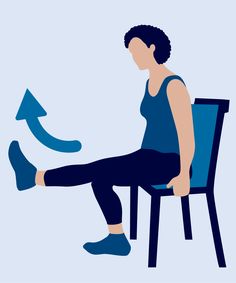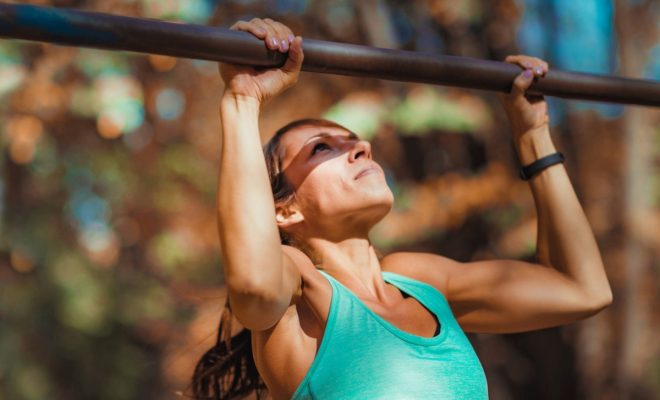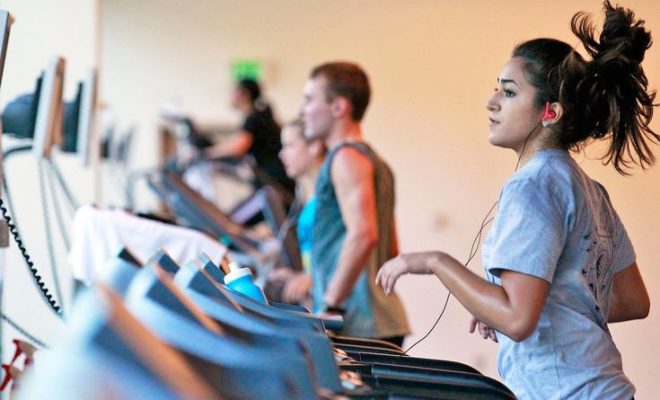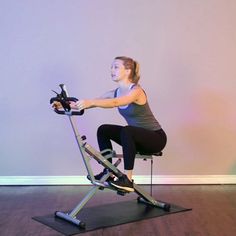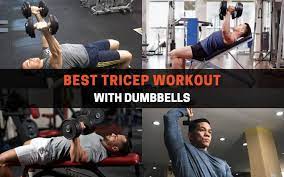The Plank: A Full-Body Exercise for Enhanced Collection
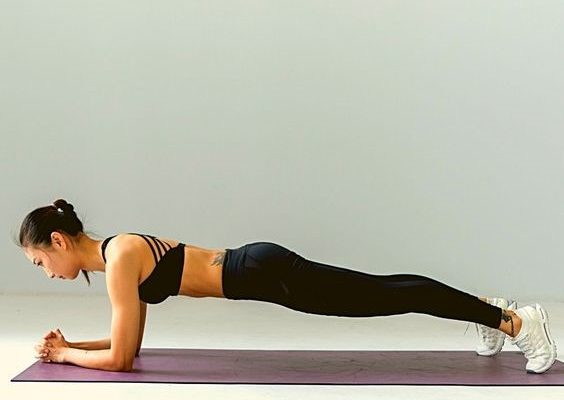
Introduction
In the quest to find the single most effective exercise for improving collection, one move stands out above the rest: the plank. Often praised for its simplicity and versatility, the plank is a powerhouse of an exercise that targets multiple muscle groups simultaneously, offering comprehensive benefits that translate into improved collection.
What is Collection?
Collection is a term used in various disciplines to describe a state where a person or animal is poised, balanced, and moving efficiently. In equestrian terms, it refers to a horse’s ability to carry itself in a balanced and controlled manner, with engaged hindquarters and a rounded back. However, this concept can also apply to human posture and movement efficiency.
Why the Plank?
The plank is an incredibly efficient exercise because it engages the core, which includes the muscles of the abdomen, back, hips, and pelvis. This central region of the body is integral in achieving collection as it provides stability and balance—key components in maintaining proper posture and alignment whether you’re on horseback or moving through your day-to-day life.
Additionally, since planks require no equipment and minimal space, they can easily be incorporated into any fitness routine.
Core Engagement and Stability
Performing a plank correctly involves activating not just the abdominal muscles but also the deeper core muscles like the transverse abdominis. These muscles are crucial for stabilizing the spine and pelvis. By practicing planks regularly, one can enhance their core strength, which translates to better postural support and increased ability to maintain collection in various activities.
Muscle Activation Beyond The Core
While predominantly a core exercise, planks also activate other muscle groups such as the shoulders, chest, legs, and glutes. This full-body engagement ensures that while strengthening the core for collection purposes, you’re also working towards overall muscle symmetry and functional strength.
Variations for Further Benefits
To keep challenging your body and avoid fitness plateaus, there are numerous variations of planks that can target different muscle groups:
1. Side Planks – Emphasize oblique engagement
2. Plank with Leg Lift – Focus on glute activation
3. Forearm Plank – Greater focus on endurance in abdominal muscles
4. Walking Planks – Incorporates dynamic movement for additional stability challenge
Conclusion
A testament to its efficacy is how widely recommended it is across fitness levels—from beginners to seasoned athletes. For anyone looking to enhance their capability for collection in any movement-related discipline or simply aiming to improve posture and balance in day-to-day activities, incorporating planks into your fitness regimen offers tremendous benefits that go well beyond just physical aesthetics—it’s about building a foundation of strength that perpetuates gracefulness in motion.

